Hijab row in Bihar
MDDM College Principal Dr Kanupriya said that a student got "aggressive" when asked to take off her Hijab so that it could be checked to determine if she was concealing a Bluetooth device. "She said that she won't write the exams but won't show her ears. Then she started raising this issue on the basis of religion," the principal said. Principal further added, "It's shocking that a class 11th girl will behave like this. It seems somebody has misdirected her in the name of religion and Hijab. There's no discrimination based on religion or caste on school premises." MDDM College principal reaffirmed that there is no discrimination based on caste or religion on school premises and that the student was incited in the name of religion over the matter.
Hijab case
Presently, a case of wearing a Hijab in educational institutions is in the Supreme Court after an issue arose when a school principal refused to allow Hijab wearing students in a school in Karnataka. The Supreme Court passed a split verdict. Justice Hemant Gupta dismissed the 26 appeals filed against the judgment of the Karnataka High Court, which held that the Hijab was not an essential practice of Islam and allowed the ban on wearing the headscarf in educational institutions in the State. On the other hand, expressing the divergence in his opinion, Justice Sudhanshu Dhulia set aside the Karnataka High Court judgment and held that the entire concept of essential religious practice was not essential to the dispute. As a result, the matter will be placed before the Chief Justice of India for appropriate directions.
Supreme Court on wearing of Hijab while attending exam
In the year 2015, the Supreme Court, while hearing a Muslim organization's petition challenging the CBSE's circular on dress code for students appearing for the AIPMT (All India Pre-Medial Test) re-test on July 25, on Friday, had refused to allow the wearing of a Hijab during the pre-medical test. The SC had said that it is a small issue & faith won't disappear by not wearing it on a day. In its ruling, the SC bench headed by Chief Justice HL Dattu had said that the instructions on dress code issued by the Central Board of Secondary Education (CBSE) is a "small issue" as the faith of Muslims will not "disappear" if they do not wear Hijab for a day. The Students Islamic Organization of India (SIOI) had moved the SC seeking a ban on CBSE's instructions that bar students appearing for AIPMT re-test from wearing "scarf, full-sleeved shirts and shoes".
The CBSE had issued a circular on the dress code after the apex court instructed it to re-conduct the medical entrance test after the alleged question paper leak and cheating in the test originally conducted on May 3, 2015. Students were allegedly caught using devices hidden in their clothes for cheating. The SIOI argued in its PIL that the dress code issued by the CBSE will lead to violation of their "rights guaranteed under Article 25 of the Constitution of India".
The petitioners have limited but serious objection to this notification so far as it prohibits "scarf", "hair pin" and "hair band", and also mandates that all candidates wear only "half sleeves" clothes "not having big buttons," the India Today had quoted lawyer Shadan Farasat, who represents SIOI, as saying. "All the three petitioners are practising Muslim girls who dress as per the religious mandate. This requires them to wear a scarf and Hijab. This, in turn, requires hairpin for affixation. Further, as per the religious mandate, they wear full sleeve clothes while appearing in public. If the above portions of the notification of CBSE are enforced, the petitioners will not be in a position to appear for AIPMT scheduled for July 25, 2015, which would amount to a blatant violation of their rights guaranteed under Article 25 of the Constitution of India," Farasat had said.
After issuing the dress code circular, the CBSE had clarified that they do not bar students from wearing their customary dress but only want to prevent "inconvenience to the candidates during frisking by metal detectors". "There is no bar on wearing a customary dress or for such candidates appearing from centres in extreme climatic conditions. However, such candidates should ensure their presence for frisking by a metal detector at least half an hour before the last reporting time, i.e., 9.30 am. All examination centres have been advised accordingly. The candidates are requested to cooperate with the board and the examination centres to maintain the sanctity of the re-examination being held as per orders of the Hon'ble Supreme Court of India," The Indian Express had quoted CBSE as saying.
Promoting Hijab is a threat to the secular structure
Promoting the religious values of a particular religion is a threat to the secular structure of the country. Radicalization of the student's mind led to hatred. Hijab issue may give rise to the religious values of students belonging to other communities. They will also modify their uniform according to their religious faith. Bringing religion into the educational institution creates a divide in uniformity among the students. This divide has also been experienced in Karnataka. When some girls refused to remove their Hijab, then some students wore saffron shawls and arrived at the institution. They also gave slogans and claimed that wearing the saffron shawl was their fundamental right. Such practices promote communal hatred and mock religious faiths of each other, and destroy the fraternity. It is the responsibility of all sections of the society to follow the rules and regulation prescribed by the respective institutions and organisations otherwise communal hatred will continue to rise.

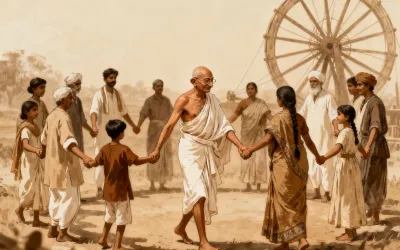
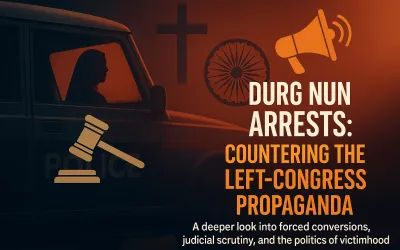
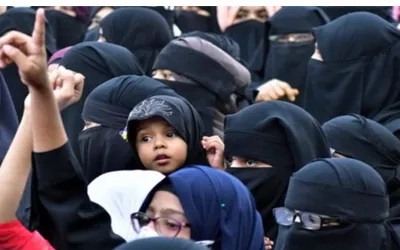
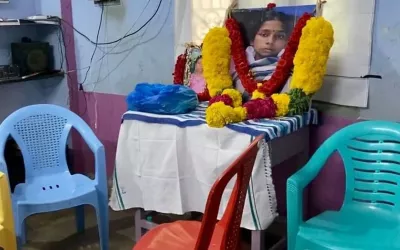
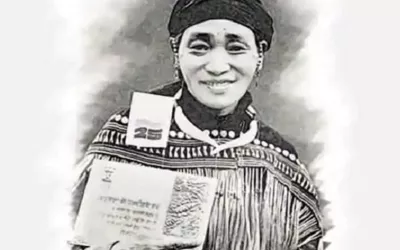
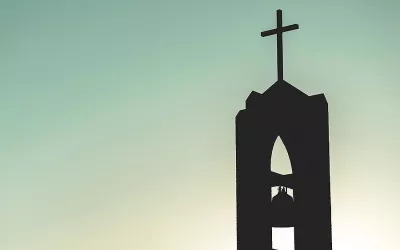
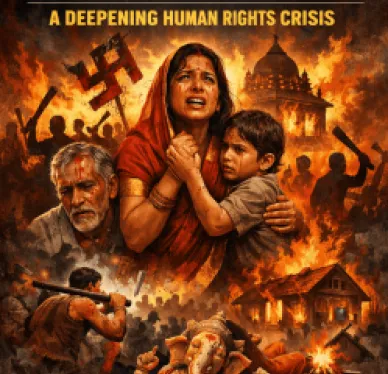

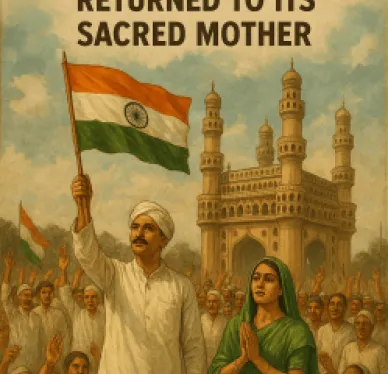
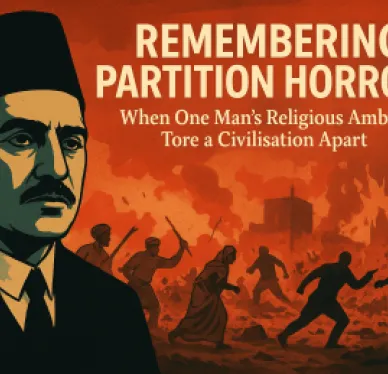
Comments
Add new comment